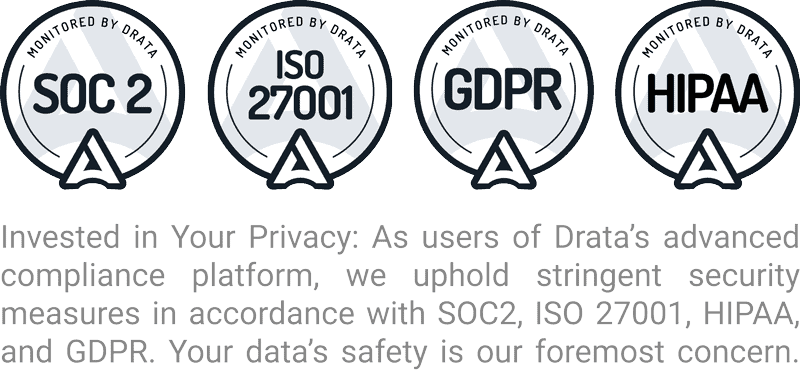5 Lead Generation Techniques That Work
 Does your digital marketing strategy work well for you? Are you able to generate leads for your product or service? If your answer to those two questions is no, then you are not doing it right. Read on and you shall learn five important lead generation techniques that will definitely produce a positive impact on your marketing strategy.
Does your digital marketing strategy work well for you? Are you able to generate leads for your product or service? If your answer to those two questions is no, then you are not doing it right. Read on and you shall learn five important lead generation techniques that will definitely produce a positive impact on your marketing strategy.
1. E-Books
This is a great lead generation tool. E-books are helpful in the sense that they have plenty of detailed information about a certain service or product and they can be easily downloaded. So you can write an e-book for your business and distribute it to your intended audience. As a plus, you can decide to have the e-book available only to those who provide an email address. Consequently, you create an even wider lead.
2. Email marketing
With the entry of webinars, blogs, eBooks and videos, most people think that email marketing is history. Contrary to this belief, it still is considered to be the most common channel for promoting business. The effectiveness of email marketing is going to increase now that consumers can access their email through their tablets and smartphones.
3. Search Engine Optimization (SEO)
This basically entails enhancing your website for different search engines with an aim to have your website listed in the highest search rankings, according to the keywords your potential customers use when looking for services or products. You can do this by seeking professional help from experienced SEO agencies whose work is to keep websites at the top ranks of search engines thus increasing traffic to your website.
4. Company Blog
Blogging has developed from being a channel through which people communicate their day-to-day experiences to a channel through which businesses create brand awareness and manage to establish a close connection with their target market. Studies carried out have shown that companies that have a blog manage to drive more traffic to their websites more than those that don’t use blogging. The kind of content you should include in your company blog is mainly content that provides solutions to the problems of your target audience. There is no doubt that blogs are a good way of generating leads.
5. Online Video Marketing
This is one strategy that businesses have not taken full advantage of. Produce short videos about your brand and post them on sites such as YouTube. It is an easy thing to do. Video marketing is turning out to be a very economical lead generation technique due to the huge numbers of people who use the social networks to get information. Remember when posting your video to sites like YouTube give it an appropriate description by using certain keywords that will also raise your ranks in search engines.
If you put these five lead generation techniques into practical use you will definitely experience an effective digital marketing strategy. As a company your brand awareness will increase, you will create more leads and eventually generate more sales for your service or product.



![More Ways to Battle [Not Set] in Search Engine Marketing](http://www.leadliaison.com/wp-content/uploads/2013/12/search-engine-marketing-300x234.png)







